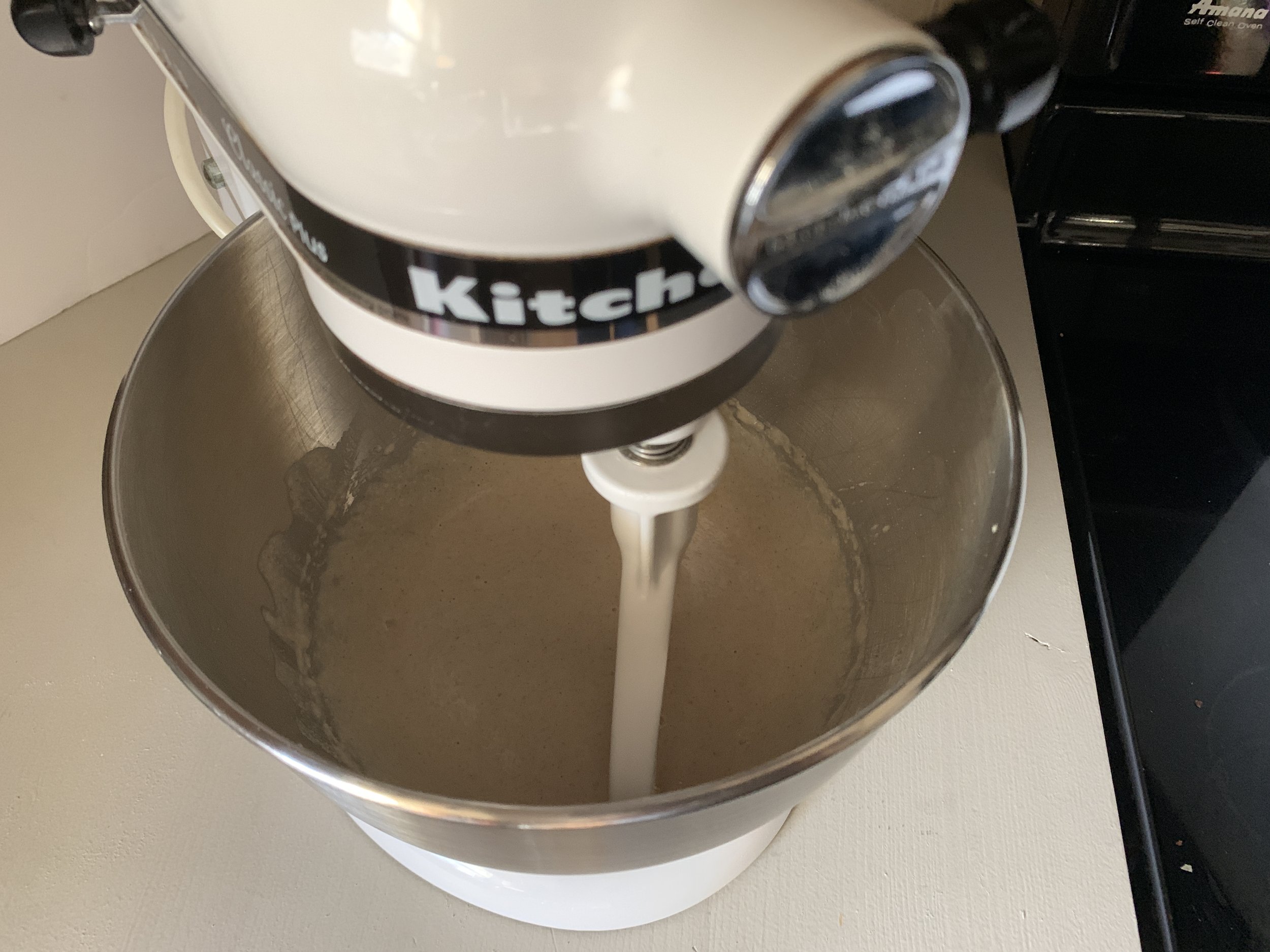Wheat-free Pizza Crust
Valentine’s Day is right around the corner and that means it is heart-shaped pizza time!
Whether you prefer homemade pizza or store-bought pies, I thought this would be a good time to discus the differences between wheat-free and gluten-free.
At first glance, these terms come across as completely interchangeable. But according to Food Allergy Research and Education (FARE), wheat allergy and celiac disease are two adverse food reactions with completely different underlying causes.
A wheat allergy, like other food allergies, occurs when the immune system attacks (harmless) protein from food. Often this is referred to as an IgE-mediated reaction to protein from food. Symptoms to a wheat allergy (like other food allergies) can range from mild (i.e. hives) to severe (i.e. anaphylaxis). Other common food allergy symptoms can also involve the gastrointestinal tract and respiratory system.
On the other hand, celiac disease is an autoimmune disease where eating gluten causes damage in the small intestine. An autoimmune disease is one where the immune system attacks its own healthy cells. A food allergy is not an autoimmune disease. Many symptoms of celiac disease involve the digestive system (diarrhea, constipation, abdominal pain, etc.) but can also include skin rashes and other disorders as a result of nutritional deficiencies.
Sound confusing? Well, it is. Which is why it is so important to talk to your medical provider if you are suspecting a wheat allergy or celiac disease. There are practitioners that specialize in gastrointestinal care as well as allergies that can help make an accurate diagnosis.
But I digress. Wheat-free and gluten-free actually have different (but similar) meanings when it comes to food labeling. Gluten is a general term for the proteins found in wheat, rye, and barley. Consider this:
Someone with a wheat allergy does not necessarily have to avoid the gluten in rye and barley
Some “gluten-free” foods can still contain wheat starch, which could be a cross-contact problem for those with a wheat allergy (gotta love food labeling laws…)
Bottom line: Gluten-free and wheat-free mean two different things. Always default to label reading or contacting a manufacturer for additional information.
I’ll wrap up with a few final thoughts involving this allergy-friendly heart shaped pizza. My wheat-free pizza crust uses oat flour, which you can either buy or make yourself by grinding oats in a food processor. Either way, make sure to use wheat-free or gluten-free oats, as cross-contact can occur 1) if oats are grown in fields next to wheat, barley, or rye and 2) if oats are processed in the same facility as wheat, barley, or rye.
Also, please double check the label on your marina sauce and yeast, as both can sometimes be an unexpected source of wheat.
So, ready to give this recipe a try?
Step 1: Wash your hands with soap and warm water. Gather your ingredients:
1 packet active dry yeast
3/4 cup warm water
1 teaspoon honey
2 1/2 - 3 cups oat flour (certified wheat-free or gluten-free, if needed)
1/2 teaspoon salt
1 Tablespoon olive oil
Step 2: In a large mixing bowl, combine yeast, water, and honey. Let sit for five minutes..
Step 3: Add 1 cup oat flour, salt, and oil. Use a mixer to beat on low speed for 30 seconds.
Step 4: Scrape sides of bowl. Mix on high speed for three minutes.
Step 5: Use a wooden spoon to stir in as much of the remaining flour as possible.
Step 6a: Flour a rolling surface with remaining oat flour. Knead in enough remaining flour until dough is moderately stiff.
Step 6b: Divide dough in half. Cover with towel and let rest for 10 minutes.
Step 7: Preheat oven to 425°F. Cover pizza pans with non-stick cooking spray.
Step 8: Roll dough into 10 or 13-inch circles and transfer to pizza pans. Use hands to build up edges of dough.
Step 9: For a crunchy pizza crust, bake for 5-10 minutes. Remove from oven, add desired toppings, and bake for 8-12 more minutes.
To make a soft, doughy crust, do not place in oven before adding desired toppings. Bake for 10-12 minutes.
Deconstructed Meal:
Homemade pizza
Dinner rolls
Shredded cheese
Black olives, cucumber slices & carrot sticks with Ranch dressing
Milk or non-dairy milk alternative
You might also be interested in…
Zucchini Pizza Bites (wheat-free, gluten-free)
Double Chocolate Muffins (wheat-free, gluten-free)







